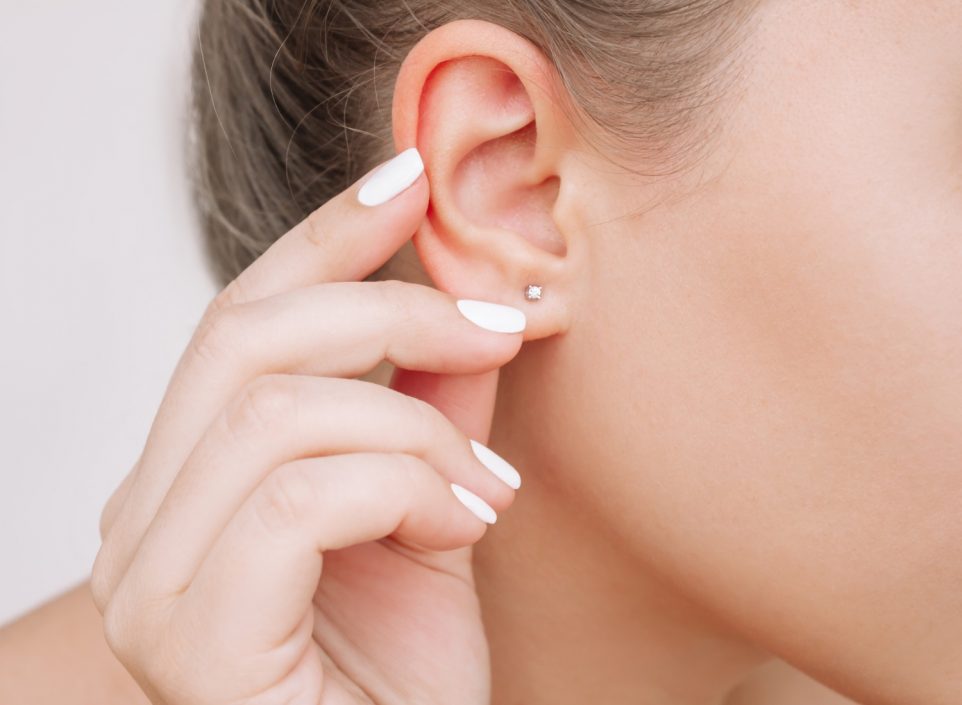Can Ear Wax Cause Vertigo? Tips for Earwax Removal and Preventing Build Up

Vertigo is a disorienting and often frightening sensation of spinning or imbalance that can leave individuals feeling out of control. What many may not realize is that this unsettling experience can be occasionally linked to a seemingly harmless substance—earwax. Earwax, medically known as cerumen, is a natural secretion vital in protecting and lubricating the ear canal. However, when earwax accumulates excessively, it can lead to various complications, including hearing loss, tinnitus, and, intriguingly, vertigo.
In this blog, we will delve into the intriguing relationship between earwax and vertigo, shedding light on how an overabundance of this waxy substance can disrupt the inner ear’s delicate balance mechanisms. We will also provide valuable insights into safe earwax removal techniques and strategies for preventing its troublesome buildup.
Understanding Earwax and Its Functions
Earwax, or cerumen, is a waxy substance produced by the ear’s ceruminous glands. It serves several essential functions, including:
- Protection: Earwax is a natural defense mechanism against dust, debris, and foreign objects that might enter the ear canal. It prevents these particles from reaching the delicate parts of the ear, such as the eardrum.
- Lubrication: It helps keep the ear canal moist, preventing dryness, itching, and irritation.
- Self-Cleaning: The earwax gradually migrates from the ear canal to the ear’s opening. This self-cleaning process helps remove any trapped debris or old earwax.
However, when the ear produces too much earwax or doesn’t migrate out of the ear canal effectively, it can lead to an accumulation of earwax, which may cause problems like hearing loss, earache, tinnitus, and, in some cases, vertigo.
Can Earwax Cause Vertigo?
Vertigo is a sensation of spinning, dizziness, or imbalance. Various factors can cause it, including inner ear disorders, infections, and head injuries. While earwax is not a common cause of vertigo, it can contribute to this condition under specific circumstances.
Earwax impaction, a condition where earwax becomes tightly packed in the ear canal, can disrupt the normal functioning of the ear. This may affect the balance system in the inner ear, leading to vertigo. The inner ear contains the semicircular canals, which are responsible for maintaining balance and spatial orientation. When these canals become affected by earwax impaction, it can cause vertigo-like symptoms.
It’s important to note that not all cases of earwax buildup result in vertigo. Many people with earwax impaction experience other symptoms like hearing loss, ear fullness, or tinnitus. Vertigo, in this context, is just one possible complication.
Tips for Earwax Removal
If you suspect that earwax may be causing your discomfort or vertigo-like symptoms, it’s essential to address the issue safely. Here are some tips for earwax removal:
- Do not use cotton swabs: Contrary to popular belief, cotton swabs can push earwax further into the ear canal, making the problem worse. Avoid inserting objects into your ear, including cotton swabs, hairpins, or matchsticks.
- Use ear drops or other remedies: Over-the-counter ear drops or an earwax removal kit that softens earwax can be helpful. Follow the instructions on the product’s label and use them as directed. These methods can help loosen the earwax, making it easier to remove naturally.
- Irrigation: Sometimes, your doctor may recommend ear irrigation to remove earwax. This involves using a syringe to gently flush warm water into the ear canal, which can help dislodge and remove the earwax.
- Seek professional help: If you are experiencing severe symptoms or if home remedies don’t work, it’s essential to consult a healthcare professional. A doctor or an audiologist can safely and effectively remove the earwax using specialized instruments.
Preventing Earwax Build-Up
Preventing earwax build-up is the key to avoiding the associated discomfort and potential complications, including vertigo. Here are some tips for preventing excessive earwax:
- Avoid excessive cleaning: The ear is self-cleaning, and using cotton swabs or other objects can disrupt this natural process. Only clean the outer part of your ears and let the earwax migrate out on its own.
- Ear protection: If you swim frequently or engage in water activities, use earplugs to prevent water from getting trapped in the ear canal. Moisture in the ear can soften and expand earwax, making it more likely to become impacted.
- Ear hygiene: Maintain good ear hygiene by gently wiping the outer ear with a damp cloth during your regular shower routine. Avoid introducing foreign objects into the ear canal.
- Regular check-ups: If you are prone to earwax build-up, consider scheduling regular check-ups with an audiologist or ear specialist. They can monitor your ear health and remove excess earwax as needed.
Conclusion
While earwax is a natural and essential part of ear health, excessive earwax build-up can lead to discomfort and, in rare cases, vertigo. It’s crucial to understand the functions of earwax, know the symptoms of earwax impaction, and know how to safely remove earwax if necessary. Following the tips for earwax removal and prevention, you can maintain good ear health and reduce the risk of vertigo caused by earwax build-up. If you experience persistent symptoms or have concerns about your ear health, consult a healthcare professional for proper evaluation and treatment.
Elevating the Shopping Game
Our platform offers in-depth reviews and analyses across various product categories, empowering you to shop with confidence and precision. Here, transparency and detailed research pave the way for smart choices that reflect your needs and values. Join our community and elevate your shopping experience from buyer to expert, one report at a time.